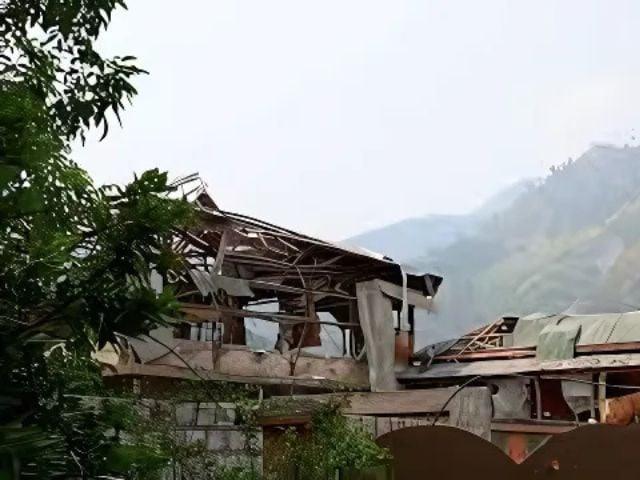The regional disaster management authority has confirmed that Indian bombings had led to at least 13 martyred civilians in Azad Jammu-et-Cachemire (AJK) during the 12-hour period of Saturday noon, Reuters reported.
More than 50 people were also injured during the exchanges, the emergency teams deployed to help the affected population, the offcials said.
The Indian attack as two neighbors in South Asia with nuclear arms tand the edge of the war, after the strikes of the missile and New Delhi drone in Pakistan since May 7.
The flared tensions have raised international concerns with regard to world leaders to contact Pakistan leadership to help defuse increasing tensions.
Meanwhile, Pakistan has launched a reprisal action in response to the current Indian aggression at the short hours of Saturday, according to security sources. The operation was officially appointed operation Bunyan-a-Marsoos
As part of the operation, all the bases identified as launch points for attacks on civilians and Pakistani mosques are specifically targeted.
Multiple strategic objectives are initiated simultaneously as the operation is progressing, confirmed security sources.
They said Pakistan had launched its Al-Fatah missile as part of the current reprisals operation, appointing it in honor of Pakistani children who lost their lives in a recent Indian assault.
They added that Pakistan has neither forgotten nor forget the sacrifice of these innocent children, who were martyred during cross -border Indian forces attacks this week.
Find out more:
Meanwhile, the Pakistani Minister of Defense, Khawaja Asif, declared that no meeting of the National Command Authority (NCA) had taken place, and only one planned.
“There was no meeting of the National Command Authority, and such a meeting is not planned,” said Asif in Ary News,
Earlier in the day at a press conference held in New Delhi, the commander of the Indian Air Force Wing Vyomika Singh said that India had been attached to de -escalation, but only if Pakistan had taken reciprocal measures.
The briefing took place alongside the colonel of the Indian army Sophia Qureshi and the Minister of Foreign Affairs Vikram Misri. Colonel Qurereshi confirmed that Pakistan strikes had caused damage to equipment and wounds to five -base staff – Udhampur, Pathankot, Adampur, Bhuj and Bathinda – after targeting more than 26 sites.
Tensions between India and Pakistan increased sharply following the April 22 attack in Pahalgam, located in Jammu-et-Cachemire illegally Indian (Iiojk), which left 26 dead. India blamed the elements of Pakistan for the attack without presenting evidence. Islamabad categorically rejected the accusations.
In response, India closed the land border of Wagah, revoked the Pakistani visas and announced the suspension of the Industry Water Treaty on April 23. Pakistan labeled any disturbance of the treaty as an “act of war” and subsequently sealed the crossing of Wagah alongside its side.
The situation has also deteriorated on May 6 and 7, the explosions reported in several Pakistani cities, including Muzaffarabad, Kotli, Muridke and Bahawalpur. Pakistan’s military spokesperson, Lieutenant-General Ahmed Sharif Chaudhry, confirmed that Indian air strikes have targeted several locations. Pakistan responded with air and land operations as part of a new military campaign called Bunyan-Un-Marsoos.
During the first hour of reprisals, Pakistan said it had killed five Indian fighter planes, including four burst aircraft. Lieutenant-General Chaudhry said Pakistan had the ability to further reduce, but exercised a deduction. Indian media provided limited coverage, with a report by The Hindus retracted later.
International observers, including analysts on CNN, noted that the drop in burst jets questioned India’s account of regional air superiority. A senior French intelligence official also confirmed the loss of a Rafale plane in CNN – the first loss of combat for the jet.
In addition, the armed forces of Pakistan declared to intercept and neutralize 77 Halop Israeli manufacturing drones would have been launched by India. According to inter-service public relations (ISPR), drones were slaughtered using a mixture of conventional electronic and air defense systems.




